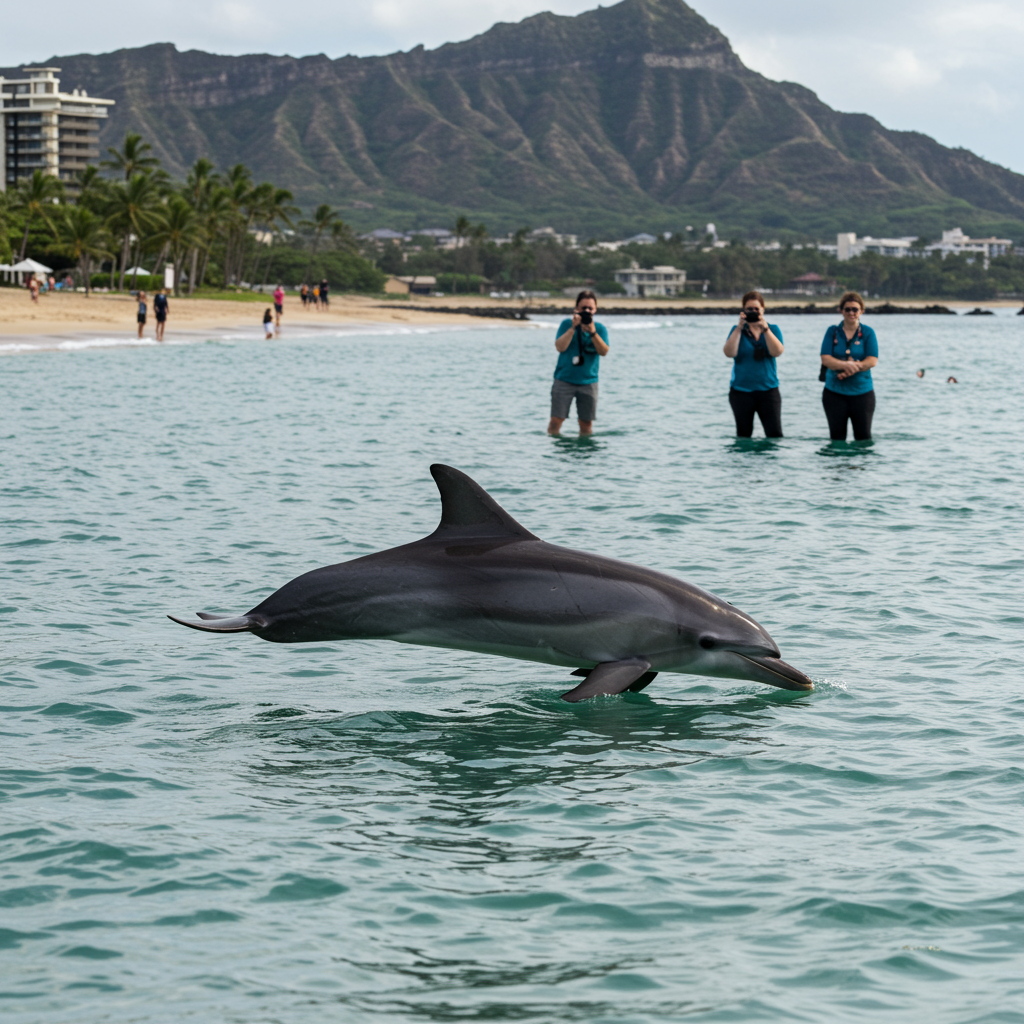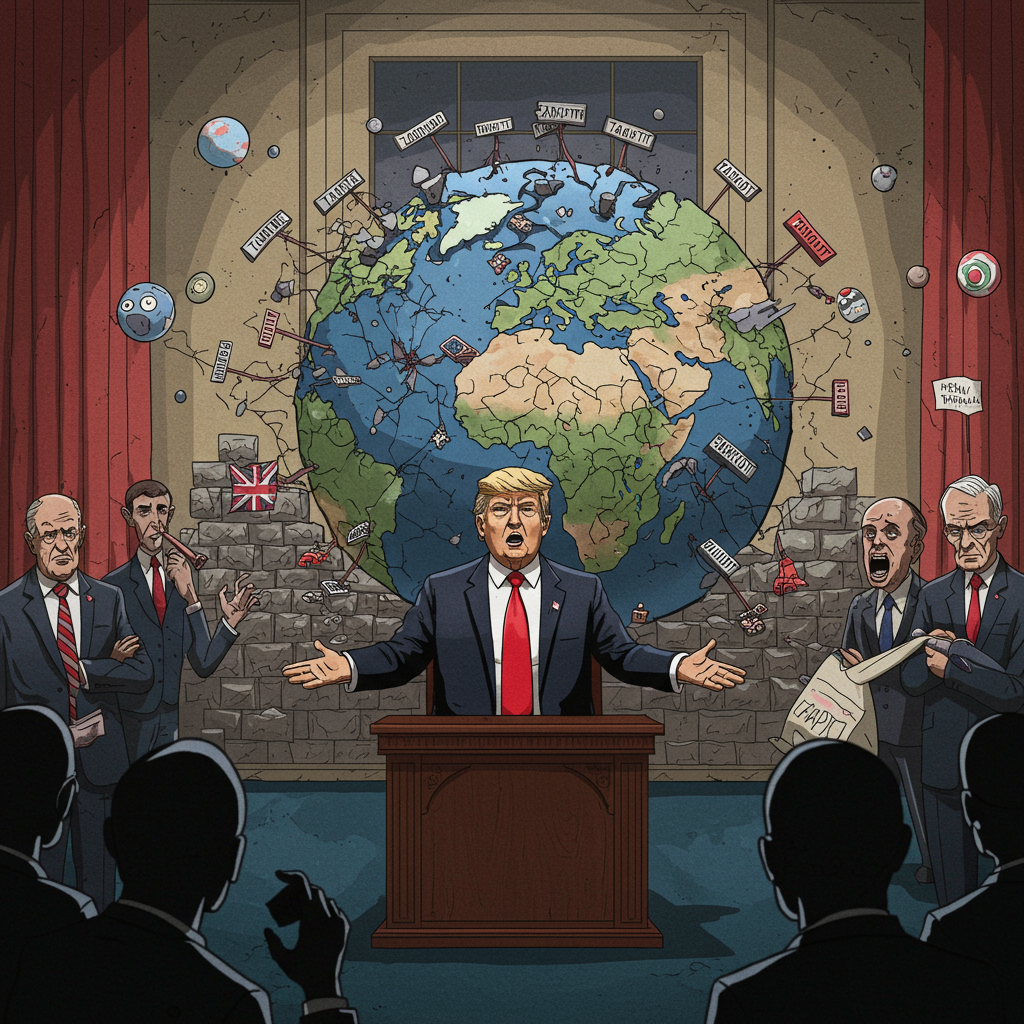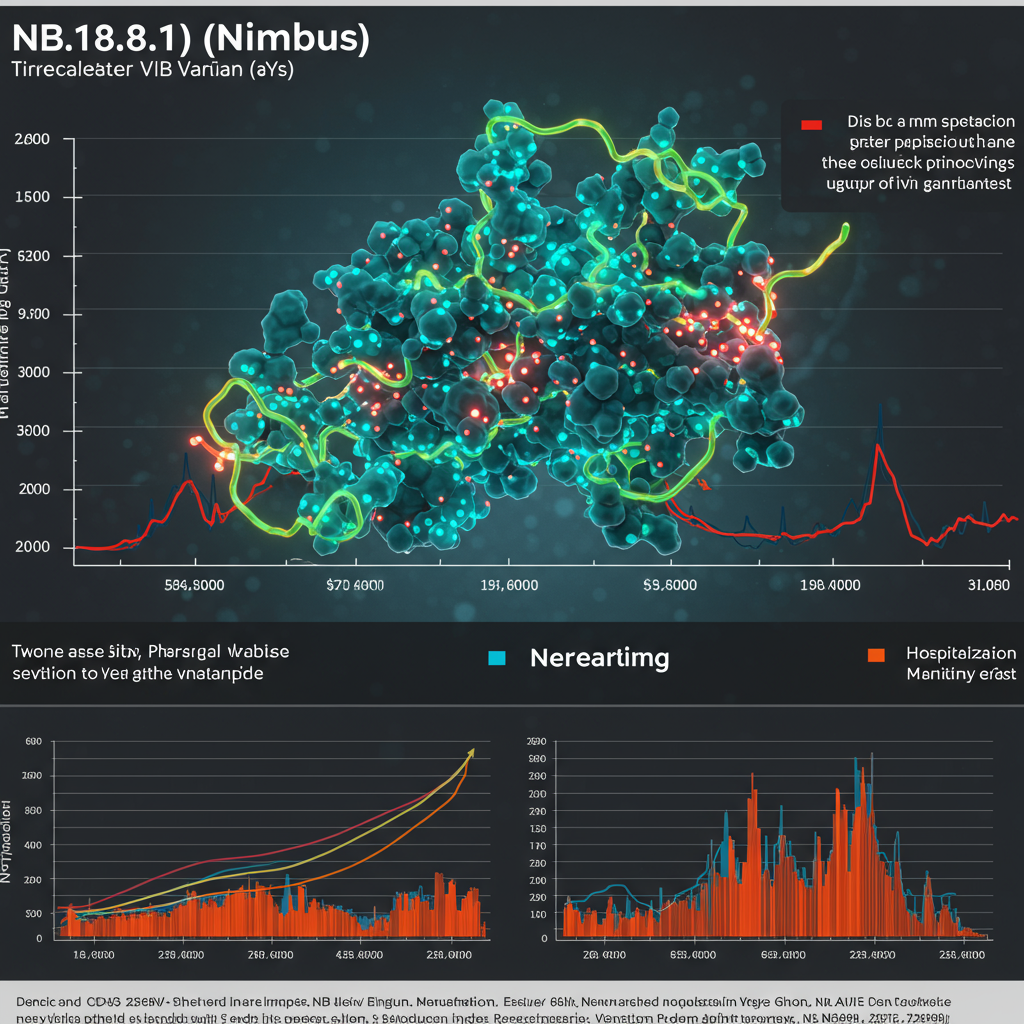For countless travelers, spotting dolphins is a highlight of their Hawaii vacation – a moment of pure connection with the ocean’s magic. Spinner dolphins, in particular, are commonly seen close to shore, featuring prominently in boat tours and social media feeds. This makes the instinct to help a dolphin in distress understandable, perhaps even seemingly compassionate. However, a recent series of events on Oahu reveals a hidden danger that could turn well-meaning assistance into a serious health risk.
Hawaii authorities and researchers are issuing an urgent warning: do not approach or touch stranded dolphins or whales. While federal laws already protect these marine mammals by prohibiting close contact, there’s now an alarming new reason tied directly to human safety.
Unusual Dolphin Strandings Raise Alarm in Hawaii
In a concerning period spanning just one week in June, three striped dolphins were found stranded on Oahu’s east side, specifically in Waimanalo (on June 7 and 8), with a third discovered in Waianae on June 15. Tragically, all three animals were deceased when found and later confirmed to be infected with Brucella ceti.
Brucella ceti is a bacterial pathogen adapted to marine environments. While related forms have long affected land animals, this marine version has been increasingly detected in various ocean species worldwide. The recent cases in Hawaii are particularly worrying. Researchers at the University of Hawaii (UH) at Manoa’s Health and Stranding Lab consider these strandings, and the presence of this potentially dangerous bacteria, an urgent signal about the health of the ocean ecosystem.
Scientists emphasize that finding three stranded dolphins in such a short timeframe likely represents only a fraction of the actual deaths occurring offshore. Many more may die and sink or drift away unnoticed.
The Hidden Health Risk to Humans: Brucella ceti
The primary concern stemming from these infections is the potential for transmission to humans, known as a zoonotic disease risk. Brucella ceti can cause serious illness in people if contracted. Symptoms can range from flu-like ailments and chronic joint pain to severe neurological complications if left untreated.
The risk to humans comes predominantly through direct contact with an infected animal or handling its bodily fluids. This is why the warning to avoid touching stranded marine life is so critical, especially for visitors who might be unfamiliar with these specific dangers but are motivated by a desire to help.
An Evolving Threat in Hawaiian Waters
Research conducted by UH scientists, with findings published in May 2025 (note: dates may reflect the source’s publication timeframe), has confirmed the presence of Brucella ceti in at least seven different species of stranded marine mammals in Hawaiian waters between 2000 and 2024. These include iconic species like spinner dolphins and sperm whales, among others. Many of these animals also showed signs of other viral infections, suggesting their immune systems may have been compromised, making them more vulnerable to bacterial infections like Brucella.
Most significantly, researchers have recently isolated a new, previously unidentified strain of Brucella ceti from these Hawaiian strandings. This new variant appears more aggressive and is suspected to be the cause behind the recent cluster of dolphin deaths on Oahu. Ongoing research into this concerning development is supported by funding from the U.S. Fish and Wildlife Service, channeled through the Hawaii Department of Land and Natural Resources.
Dolphins as Sentinels of Ocean Health
Beyond the immediate health risk, these events serve as a crucial reminder of the role marine mammals play as “sentinel species.” Like canaries in a coal mine, their health can act as an early warning system for broader issues affecting the entire ocean ecosystem.
When marine predators in Hawaii are experiencing widespread infections or unusual mortality events, it could signal larger problems lurking offshore – potential indicators of pollution, warming ocean temperatures, or even pathogens originating from land-based sources.
For Hawaii visitors, this adds a new layer to the concept of beach and ocean safety. It’s not just about currents, waves, or sunburn anymore. Interacting too closely with wildlife, even with the best intentions, can carry unforeseen risks.
What to Do If You See a Stranded Dolphin or Whale
If you encounter a stranded dolphin or whale on a Hawaii beach, DO NOT attempt to touch or move the animal, no matter how strong your desire to help. Your health could be at risk due to potential pathogens like Brucella ceti.
Instead, the most important action you can take is to immediately report the sighting.
Call the NOAA statewide marine mammal hotline at: 1-888-256-9840.
When you call, try to provide details such as:
The exact location of the animal.
The time you observed it.
The condition of the animal (alive or deceased, any visible injuries).
If possible and safe, take a photo from a distance (do not approach closely).
Reporting even partial or unconfirmed sightings is vital for researchers to better understand the scope of what is happening offshore. Many strandings go unreported, hindering scientific efforts to monitor and protect marine health.
Respecting Hawaii’s Wild Ocean Environment
These recent events are a stark reminder that Hawaii’s beautiful ocean is a dynamic, wild environment, not a controlled setting. While opportunities to admire marine life are abundant and cherished, they come with a responsibility to maintain a respectful distance. Encounters with wildlife, including monk seals or even rare sea snakes, have previously highlighted the fine line between wonder and potential risk.
The dolphin strandings underscore this message. Admiring Hawaii’s incredible marine life should be done from a safe distance, allowing experts to handle situations involving sick or stranded animals. These moments aren’t just isolated incidents; they are signals from the ocean, urging us to appreciate its wonders while respecting its boundaries and inherent wildness.




